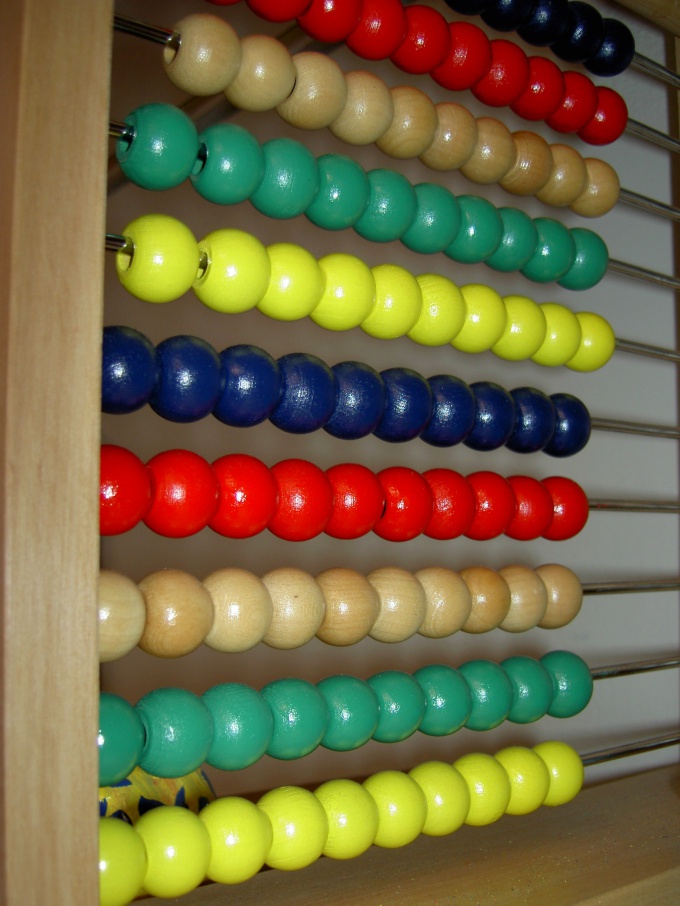Instruction
1
Give a child the digital cubes in the first year of life help him to build blocks in a row or build of them a turret, calling the numbers. Then share it with the quantitative concept of each number. The Apple one is denoted by 1, two apples are denoted by the number 2, etc. Loudly and clearly pronounce the names of numbers.
2
Use for classroom presentation material. Young children are hard to ignore, so take their explanations of candies, cookies, fruit, toys, pencils, etc. to Teach the child to count and add up to ten is easy. The child is always carrying two hands with 10 fingers that will help to quickly calculate the. To quickly learn the score on the fingers, the child should be trained to quickly show the desired number of fingers. Start with simple numbers – 1 and 2, 5 and 10, 10 and 9. Help your child to cope with bad obeying fingers. Take your time, let the child thinks slowly.
3
Give a child the part number, that'll make it easier for him. Pick any 6 items, for example, 6 sweets. Decompose them into two parts: 3 and 3 candies. Put one candy in another pile and ask them to count how many pieces of candy (4 and 2). Thus, go through the options for number 6 (1+5, 2+4, 3+3, 4+2, 5+1), stressing that every time we get the number 6. Do not worry if each time the child counts the candy. Be patient. One day he will understand what you are trying to explain. Similarly, remove all numbers from 2 to 10 and later to 20. Do not try to force child classes. Use for explanations of every opportunity: when gives candy to a child, when you cut an Apple into slices, and cake slices.
4
The child is not bored, invent interesting stories where you have to help, for example, brothers-zucchini, split into two groups, and sister-cherries to get couples in their houses or how much left to collect the hedgehog, to have food enough for everyone. Teaching the child addition and subtraction, draw, sculpt with the baby, so he quickly mastered the score.
5
Use the help of special benefits. In almost any bookstore you can find a huge amount of literature on the teaching of mathematics to children of different ages. The guides are designed by teachers and psychologists. Usually they represent simple and interesting job. Do not overload the child with assignments. For the successful development of account 10-15-minute daily sessions will be enough.
Useful advice
Note on methodological developments of Glenn Doman and Nikolai Zaitsev.
